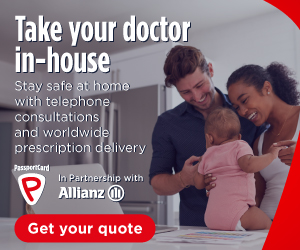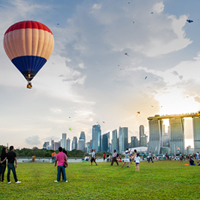Driving in Baguio city
Summary: Driving in a new country can be daunting. These tips offer insight into what to expect when driving in Baguio city.
1. Understanding the Driving Conditions
Driving in Baguio city can be quite challenging, especially for newcomers. The city is located in a mountainous region, so expect steep roads and sharp turns. Traffic can also be heavy, particularly during peak hours and holidays. The weather in Baguio is often foggy, which can reduce visibility on the roads. Therefore, it's crucial to drive cautiously and be aware of your surroundings.
2. Choosing the Right Car
Given the hilly terrain of Baguio, a car with a powerful engine is recommended. An automatic transmission car would be more comfortable to drive, especially on steep roads. A compact car can also be advantageous due to the narrow roads and limited parking spaces in the city.
3. Parking in Baguio City
Finding a parking space in Baguio city can be difficult, especially in the city center. Some establishments provide parking spaces, but they can fill up quickly. Parking fees vary, but they are generally affordable. It's advisable to familiarize yourself with the city's parking rules to avoid fines.
4. Driving with an International License
Foreigners can drive in the Philippines using an international driving permit (IDP) for up to 90 days. After that, you will need to obtain a local driver's license. It's important to always carry your IDP and your original driver's license when driving.
5. Obtaining a Local Driver's License
To get a local driver's license, you will need to apply at the Land Transportation Office (LTO). The requirements include a valid visa, a valid foreign driver's license, a medical certificate, and passing the written and practical driving tests. It's advisable to check the LTO's official website for the most updated information.
6. Observing Road Etiquette
Like in any other place, observing road etiquette is important when driving in Baguio city. Always follow traffic rules, respect other drivers, and be patient. Remember that honking your horn excessively is considered rude. Also, be aware that pedestrians often cross the road anywhere, so always be on the lookout to avoid accidents.
7. Preparing for Emergencies
It's always a good idea to be prepared for emergencies. Keep a first-aid kit in your car and know the locations of the nearest hospitals. Also, have the contact numbers of emergency services and roadside assistance handy. Lastly, ensure that your car is always in good condition to prevent breakdowns.
About the Author
 Betsy Burlingame is the Founder and President of Expat Exchange and is one of the Founders of Digital Nomad Exchange. She launched Expat Exchange in 1997 as her Master's thesis project at NYU. Prior to Expat Exchange, Betsy worked at AT&T in International
and Mass Market Marketing. She graduated from Ohio Wesleyan University
with a BA in International Business and German.
Betsy Burlingame is the Founder and President of Expat Exchange and is one of the Founders of Digital Nomad Exchange. She launched Expat Exchange in 1997 as her Master's thesis project at NYU. Prior to Expat Exchange, Betsy worked at AT&T in International
and Mass Market Marketing. She graduated from Ohio Wesleyan University
with a BA in International Business and German.
Some of Betsy's articles include 12 Best Places to Live in Portugal, 7 Best Places to Live in Panama and 12 Things to Know Before Moving to the Dominican Republic. Betsy loves to travel and spend time with her family. Connect with Betsy on LinkedIn.





